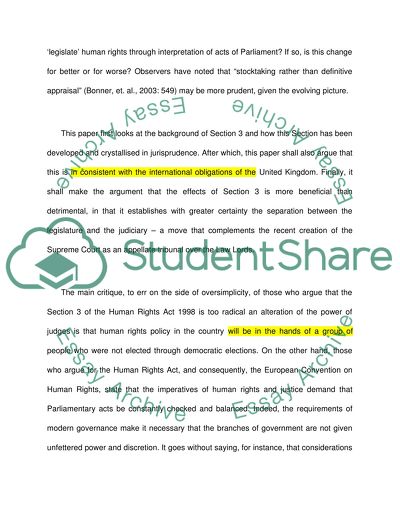Cite this document
(“The Approach of the Law Lords Essay Example | Topics and Well Written Essays - 1750 words”, n.d.)
The Approach of the Law Lords Essay Example | Topics and Well Written Essays - 1750 words. Retrieved from https://studentshare.org/law/1444683-the-approach-of-the-law-lords-to-statutory
The Approach of the Law Lords Essay Example | Topics and Well Written Essays - 1750 words. Retrieved from https://studentshare.org/law/1444683-the-approach-of-the-law-lords-to-statutory
(The Approach of the Law Lords Essay Example | Topics and Well Written Essays - 1750 Words)
The Approach of the Law Lords Essay Example | Topics and Well Written Essays - 1750 Words. https://studentshare.org/law/1444683-the-approach-of-the-law-lords-to-statutory.
The Approach of the Law Lords Essay Example | Topics and Well Written Essays - 1750 Words. https://studentshare.org/law/1444683-the-approach-of-the-law-lords-to-statutory.
“The Approach of the Law Lords Essay Example | Topics and Well Written Essays - 1750 Words”, n.d. https://studentshare.org/law/1444683-the-approach-of-the-law-lords-to-statutory.


